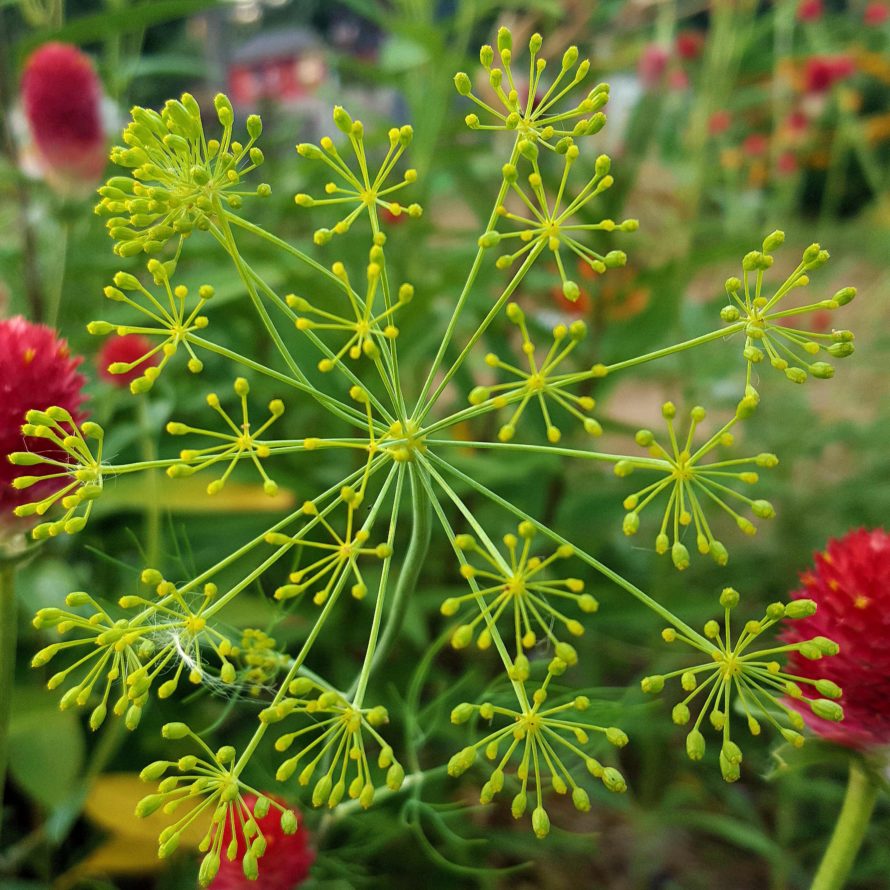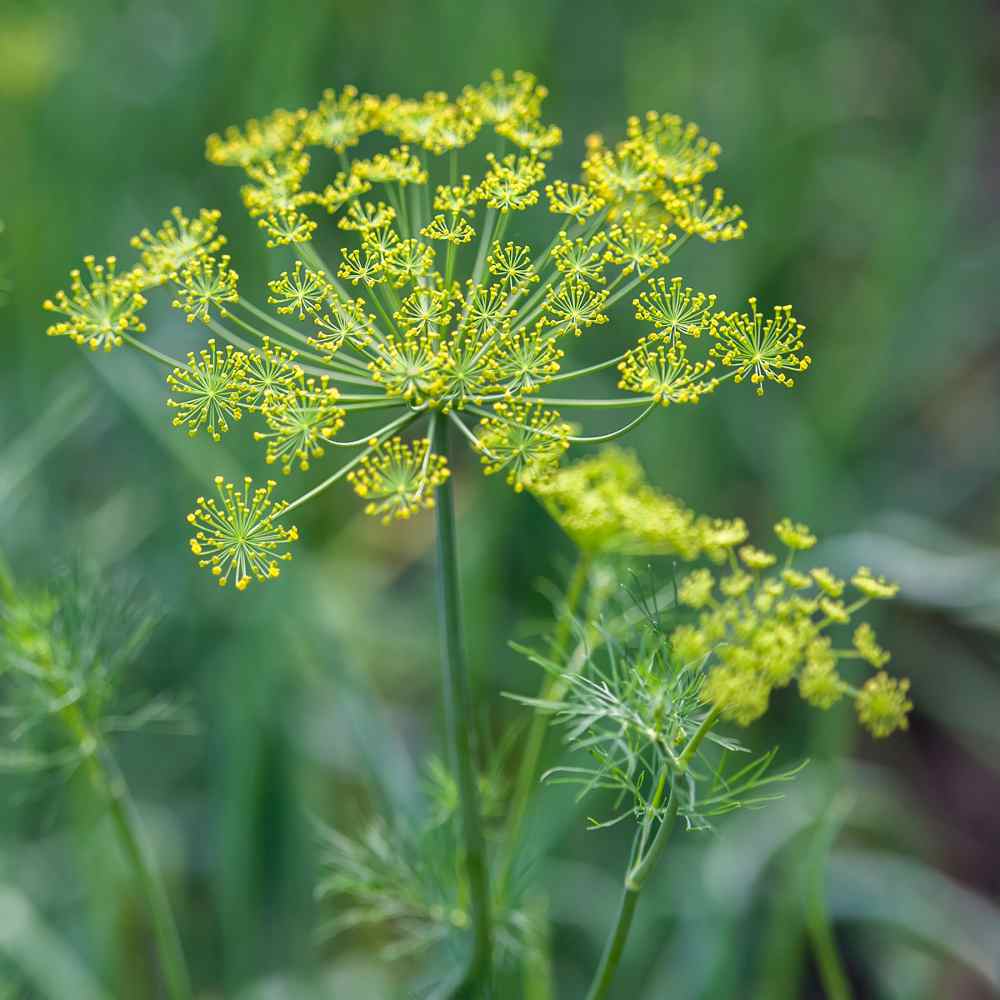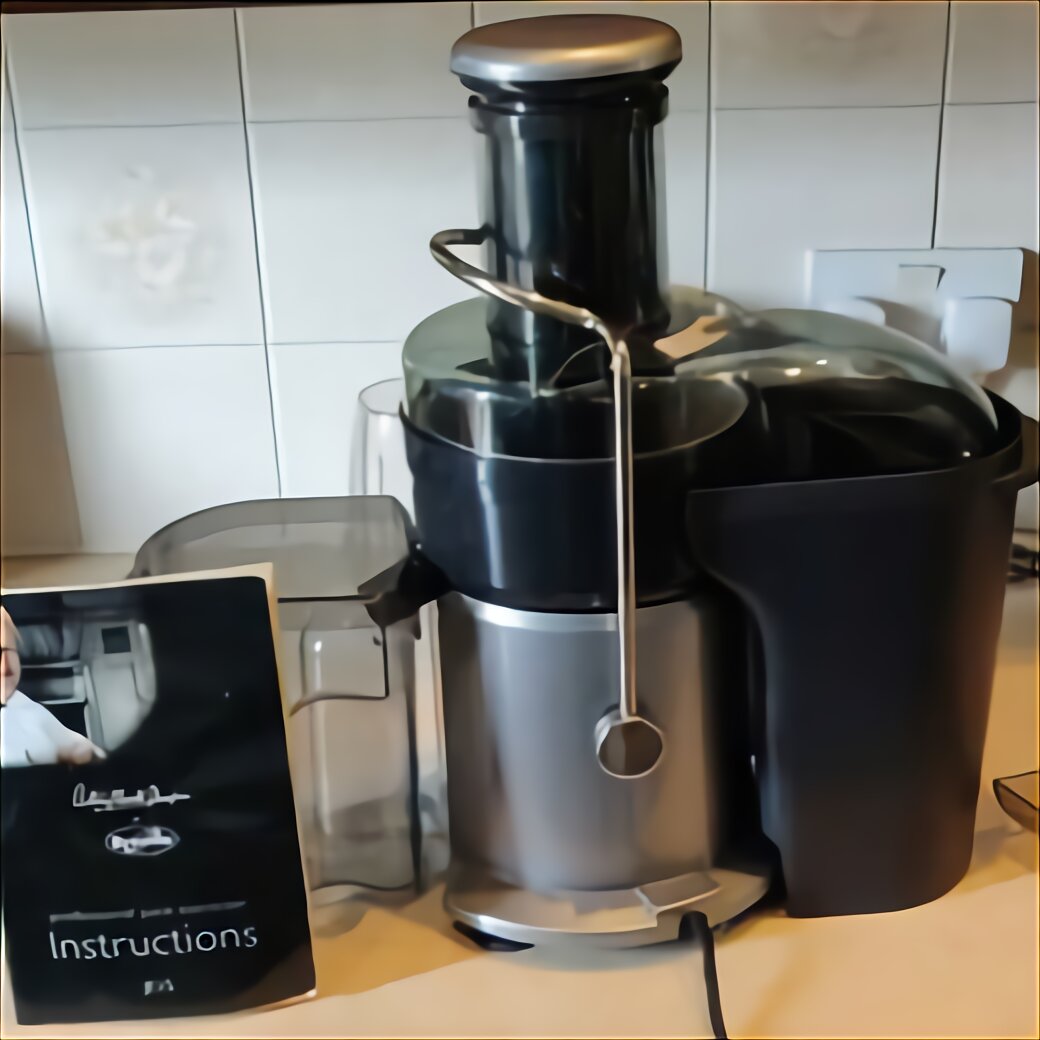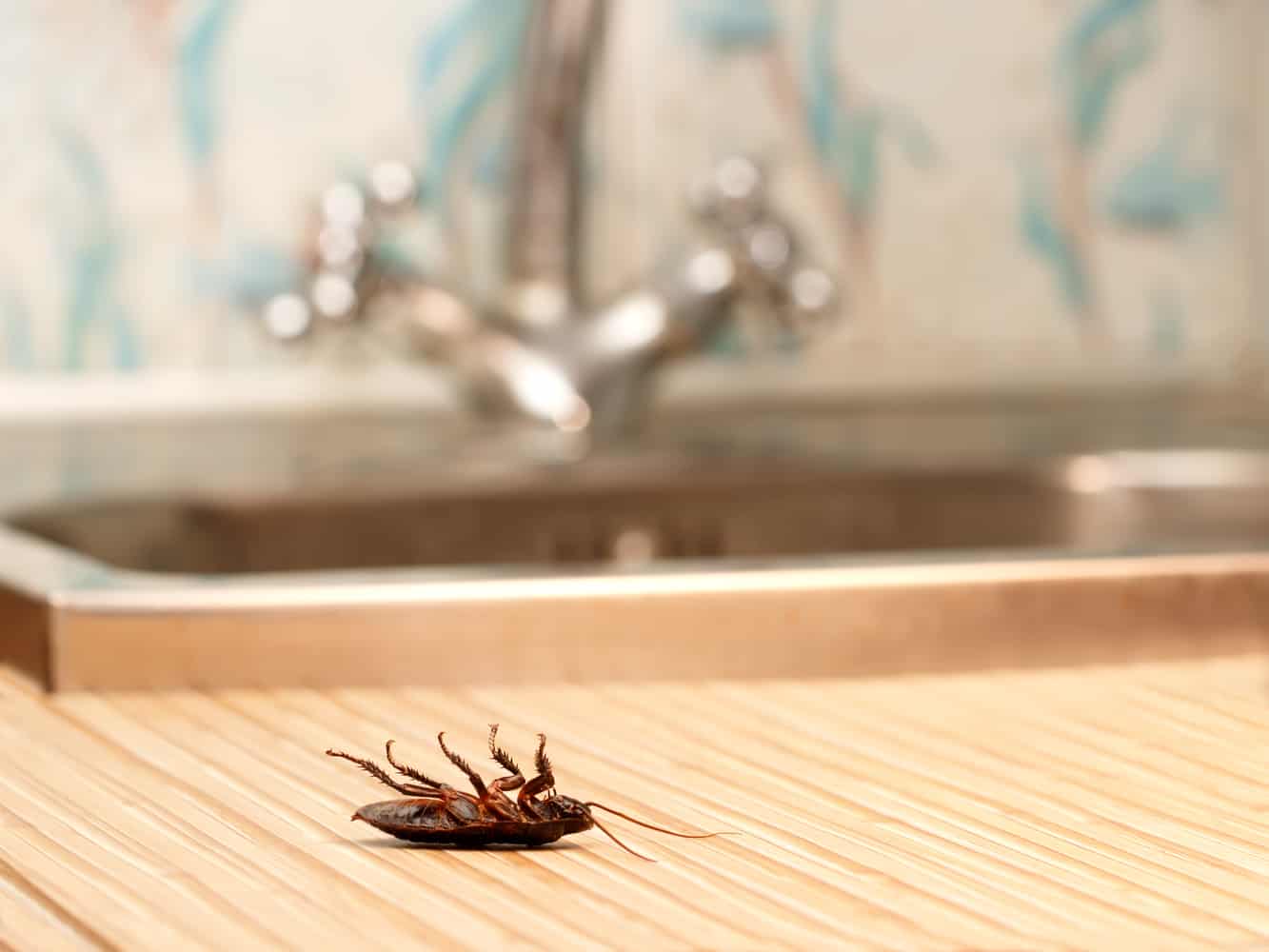As a devout gardener and lover of all things fresh and green, I must share with you my latest obsession: dill. This incredible herb is not only easy to grow, but it adds a pop of flavor to just about any dish you can think of. From soups and salads to roasted meats and vegetables, dill is the perfect addition to your culinary repertoire.
But before you run out to your local nursery to grab a packet of dill seeds, there are a few things you should know about this delicate herb. While it is fairly easy to grow, it does require a bit of attention to thrive. Here are some tips to help you get the most out of your dill plants.
First and foremost, you need to make sure that your dill plants are getting enough sunlight. Dill needs at least 6 hours of sunlight per day, so make sure to plant it in a spot that gets plenty of direct sunlight throughout the day. If you’re planting your dill in a pot, make sure to place it near a sunny window or on a sunny balcony.
Another important factor in the success of your dill plants is the quality of the soil. Dill prefers well-draining soil with a pH between 5.5 and 6.5. If your soil is too heavy or clay-like, you may want to add some sand or perlite to improve drainage. Additionally, dill prefers soil that is rich in organic matter, so consider adding some compost or well-rotted manure to the soil before you plant.
Now, let’s talk about some common problems you may encounter when growing dill. One issue that many gardeners face is yellowing leaves on their dill plants. This can be caused by a variety of factors, including overwatering, underwatering, nutrient deficiencies, and pests.
To prevent yellowing leaves, make sure to water your dill plants regularly but not excessively. You should also fertilize your dill plants with a balanced fertilizer that contains nitrogen, phosphorus, and potassium. If pests are a problem, consider using an organic pesticide or companion planting with plants that naturally repel pests, such as marigolds or garlic.
In conclusion, if you’re a fan of fresh and flavorful herbs, dill is definitely worth adding to your garden. With a bit of attention and care, you can enjoy bountiful harvests of this versatile herb throughout the growing season. Remember to give your dill plants plenty of sunshine, well-draining soil with plenty of organic matter, and the right nutrients to keep them healthy and thriving. Happy gardening!
If you are looking for Which of These Dill Plant Varieties Is Right for You? – Garden and Happy you’ve came to the right place. We have 8 Pictures about Which of These Dill Plant Varieties Is Right for You? – Garden and Happy like Which of These Dill Plant Varieties Is Right for You? – Garden and Happy, My Dill Plant Is Flowering – Information About Flowering In Dill Plants and also Dill Seeds – Dill Weed Herb Seed. Here it is:
Which Of These Dill Plant Varieties Is Right For You? – Garden And Happy

gardenandhappy.com
dill plant garden herb varieties dandelion flower prairie parsley yellow umbelliferae common flora family brassica tansy right which these rapa
Dill

advicefromtheherblady.com
dill plant weed flower herb advicefromtheherblady
Dill 4" Pot – Hello Hello Plants & Garden Supplies

www.thetutuguru.com.au
dill aneto graveolens anethum pianta utilizzi thetutuguru
HERB DILL COMMON 20G – Agri-gro Namibia

agrigro-namibia.com
dill hinojo 20g 100g namibia vegetales aliento remedios combatir agrigro bandeja
Dill Seeds – Dill Weed Herb Seed

www.outsidepride.com
dill herb plant seeds seed weed
My Dill Plant Is Flowering – Information About Flowering In Dill Plants

www.gardeningknowhow.com
dill plant flowering flower flowers
Problems With Dill Plants – Reasons Dill Weed Turns Yellow

www.gardeningknowhow.com
dill yellowing weed undefined gardeningknowhow turning
Dill Weed Varieties – Learn About Different Types Of Dill Plants

www.gardeningknowhow.com
dill plant types different varieties weed plants herb diseases some gardeningknowhow herbs tips
Herb dill common 20g – agri-gro namibia. Dill herb plant seeds seed weed. My dill plant is flowering – information about flowering in dill plants
 markanthonystudios.net Mark Anthony Studios Site
markanthonystudios.net Mark Anthony Studios Site


